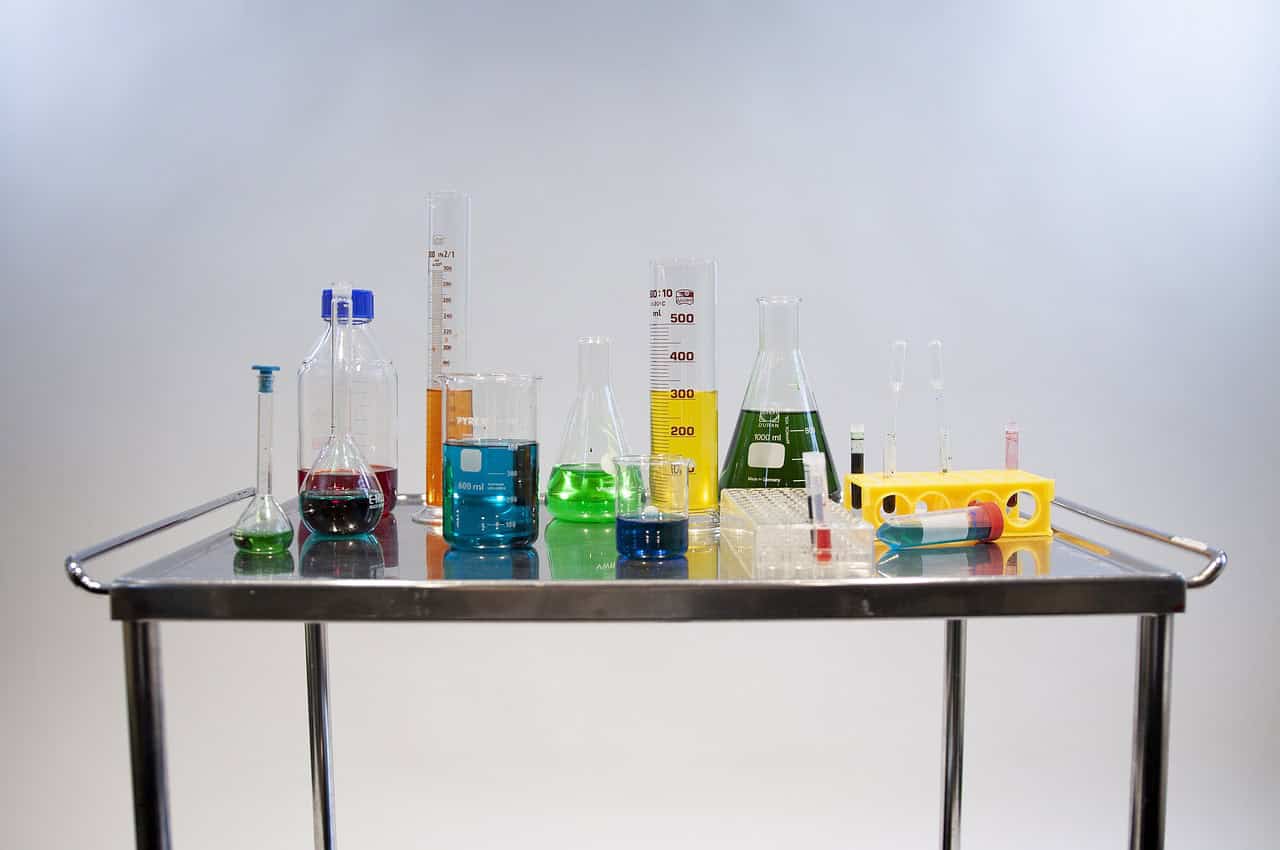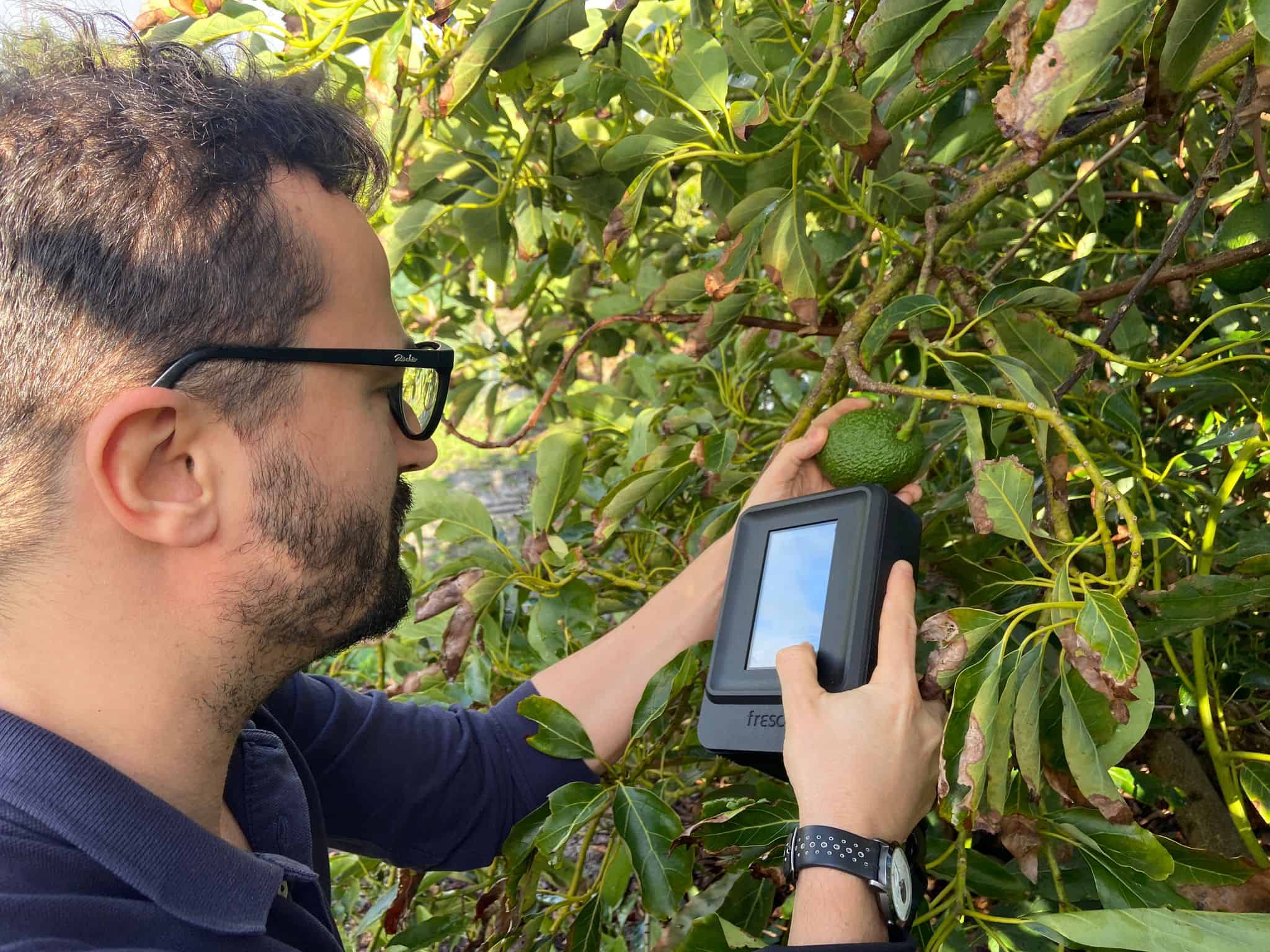
EU project will generate knowledge to help pinpoint substances in chemical mixtures that are harmful to human health—without animal testing.
People are exposed to countless natural and synthetic chemicals through food, consumer products and the environment. Traditionally, risk assessments of these chemicals are carried out one substance at a time, writes the Technical University of Denmark in a press release.
However, research has shown that to protect people against the harmful effects of these chemicals, it is not sufficient to assess the risk posed by the chemicals one by one. In combination, chemicals with the same harmful effect can cause harm—even at doses that are harmless on their own.
In the new EU project PANORAMIX, researchers from 11 European universities and organizations aim to generate knowledge and develop methods that will make it possible to identify ’real life’ chemical mixtures and assess how harmful they are to human health. The PANORAMIX project has a focus on the harmful effects of chemicals on children and the researchers will not use animal experiments.
The National Food Institute, Technical University of Denmark, is project coordinator.
Data from Danish children play an important role
The researchers will study complex chemical extracts from food, water and umbilical cord blood that are relevant matrices for human exposure to chemicals. They will then determine which of the chemicals are responsible for harmful effects on health.
The researchers will compare this information with data from the Odense Child Cohort where biological material from 2,552 children has been collected during their first 18 years of life to provide an insight into factors that affect brain development and fertility later in life. Making this connection will reveal potential long-term health effects induced by chronic exposure to chemicals.
This work will enable the researchers to pinpoint and quantify the chemicals in ’real life’ chemical mixtures, which are most likely associated with specific human health effects. The knowledge generated can be used to propose safety levels or thresholds that can guide regulators when shaping safety policies relating to chemicals.
Also interesting: The chemical quest for delicious food
Selected for you!
Innovation Origins is the European platform for innovation news. In addition to the many reports from our own editors in 15 European countries, we select the most important press releases from reliable sources. This way you can stay up to date on what is happening in the world of innovation. Are you or do you know an organization that should not be missing from our list of selected sources? Then report to our editorial team.




